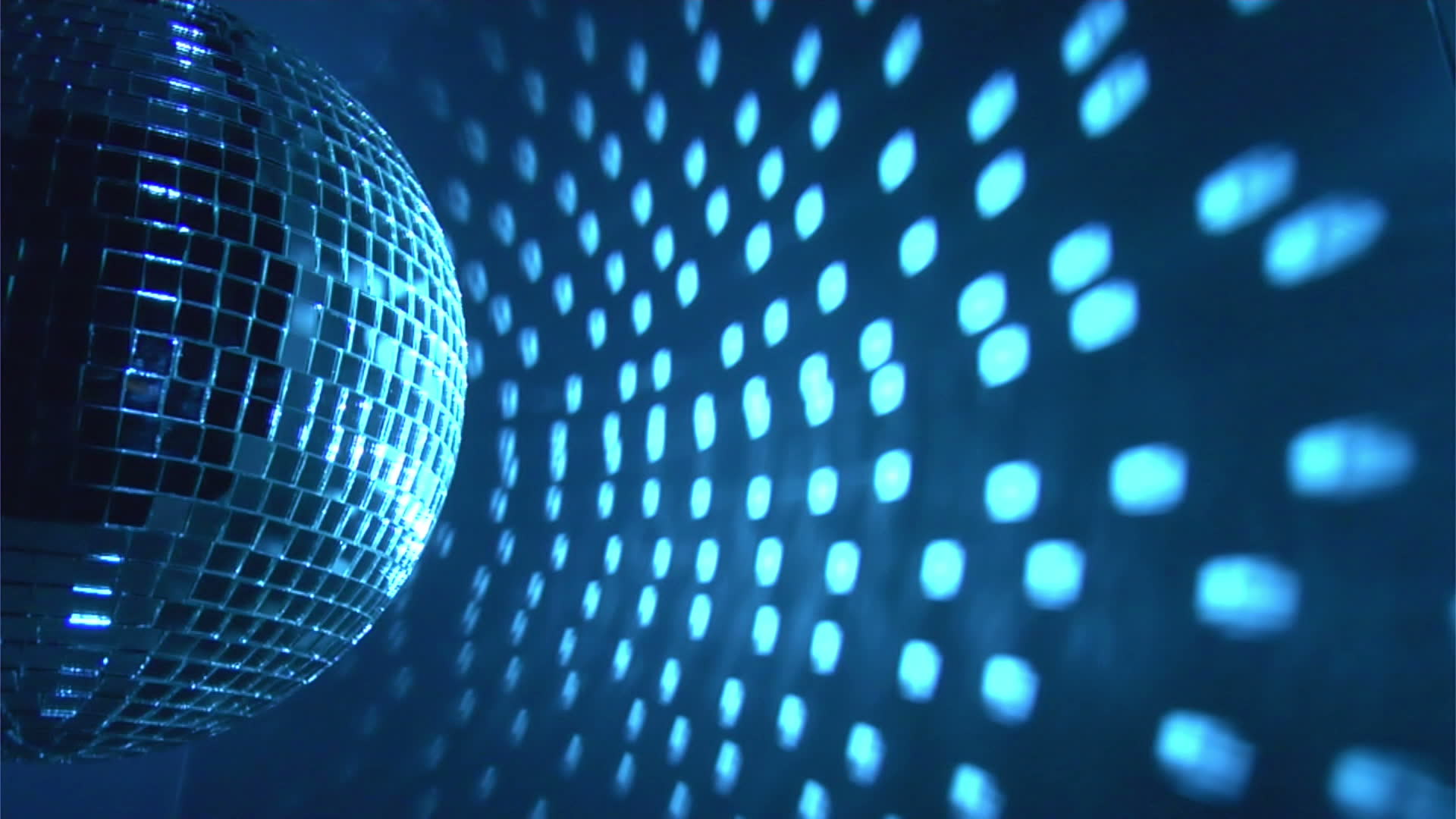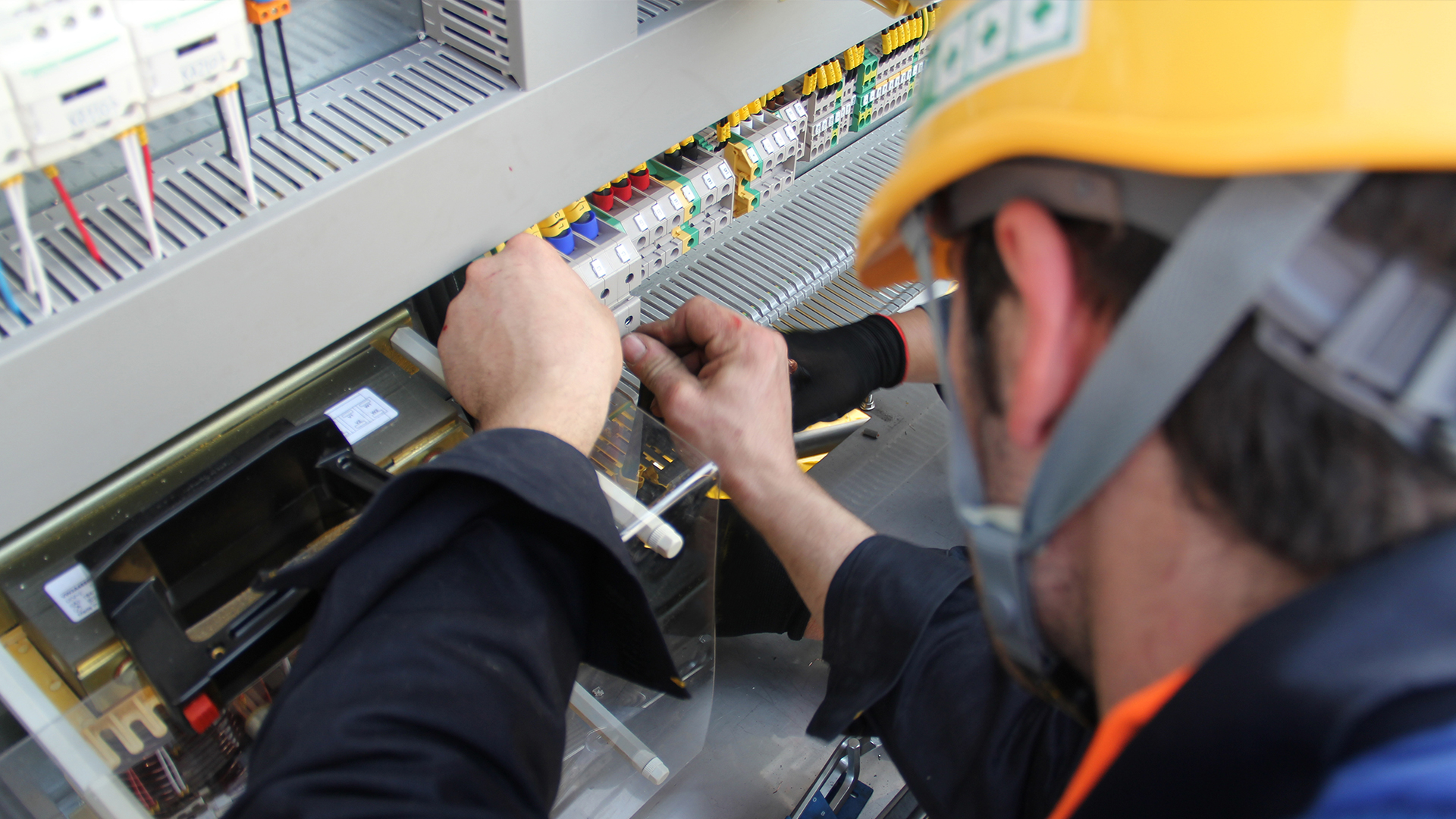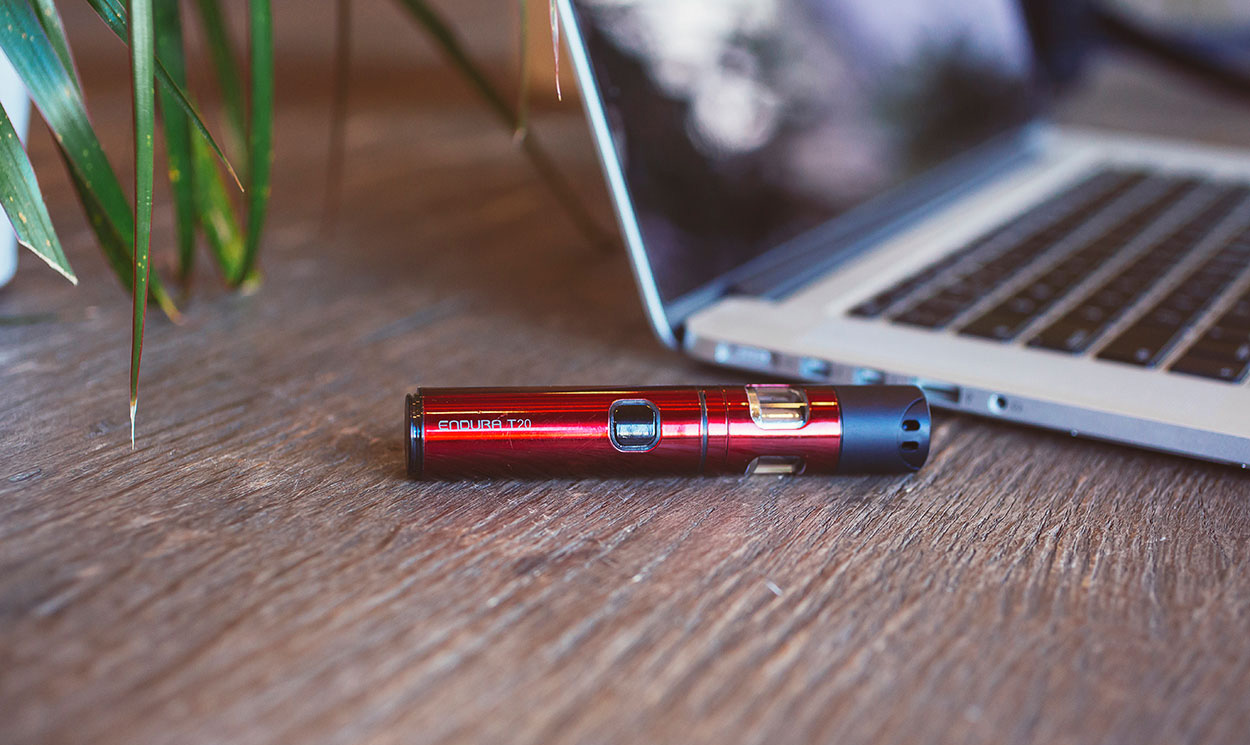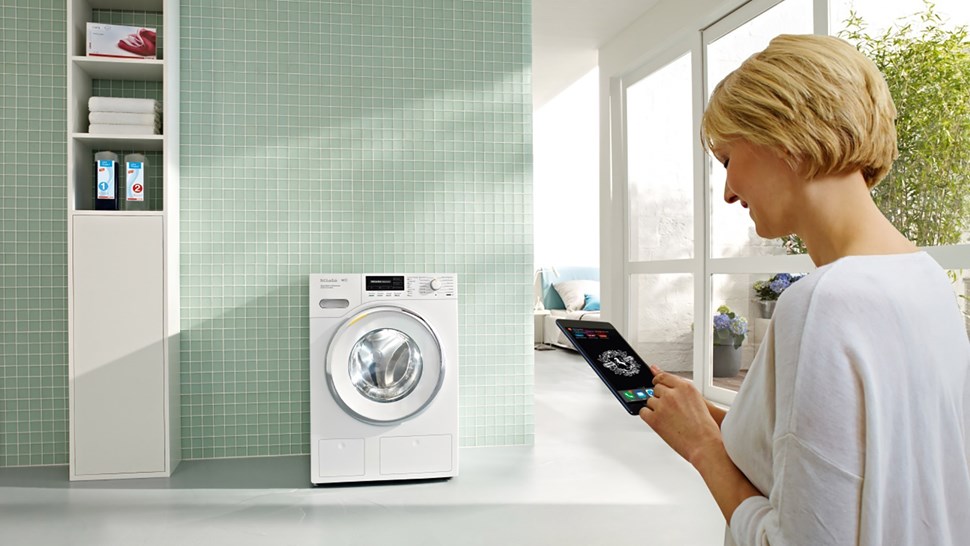Disco Lights come in a variety of types
Disco lights have taken on a much different appearance to the spotlights that we were familiar with the 60’s and 70’s. These lights were directed at the dance floor and changed colours as the film that were placed in slots in front of the beam were changed. The beam of light could be any colour you chose, but the lights had a propensity to blow at the wrong moment and shatter onto the dance floor with disruptive effects.
Health and Safety regulations caused a rethink in the approach to disco lighting, as did the type of dancing that followed the 60’s. With the likes of rave music, the appearance of a dance club and the dance floor could no longer resemble the soft and mellow lighting that had preceded the new demand.
Clubs were called on to create a dark and dingy atmospheres and an aura of the unknown, thus lighting need to change. The safety element also came into play and the new lighting systems were subject to stringent safety standards.
The lights, which were traditionally suspended from the corner of the dance hall, were now part of a DJ’s equipment, and he would be able to supply freestanding lights as well as strobe lighting. Laser lights were also a part of the equipment and all added up to a different approach to that which had always been traditional.
With rave dancing becoming a big draw, and with the reflective clothing that is part of this phenomenon, the need to provide lighting that would reflect that clothing caused a difference in approach.
Many discos are now held in outside venues such as marquees. These may well be used for weddings and the lighting will need to be what the couple requires. Some will require a subdued setting, whilst some will require the 60’s feel, while others will just require a setting that will encourage all age groups to dance. This has created the need for mobile lighting units and the DJ or specialist companies can supply these.




